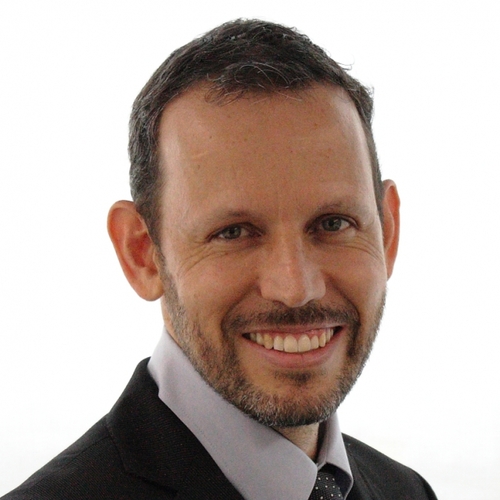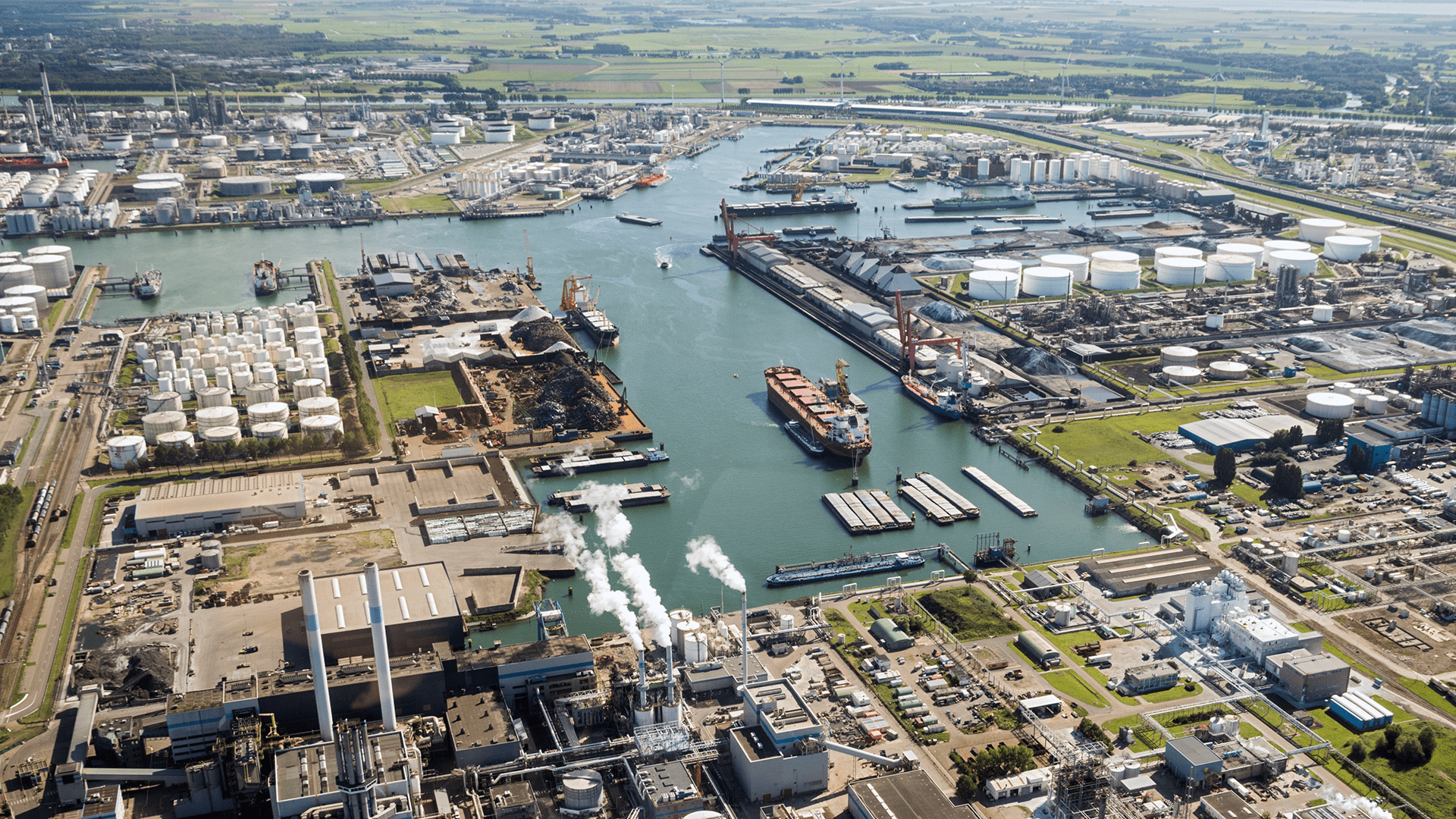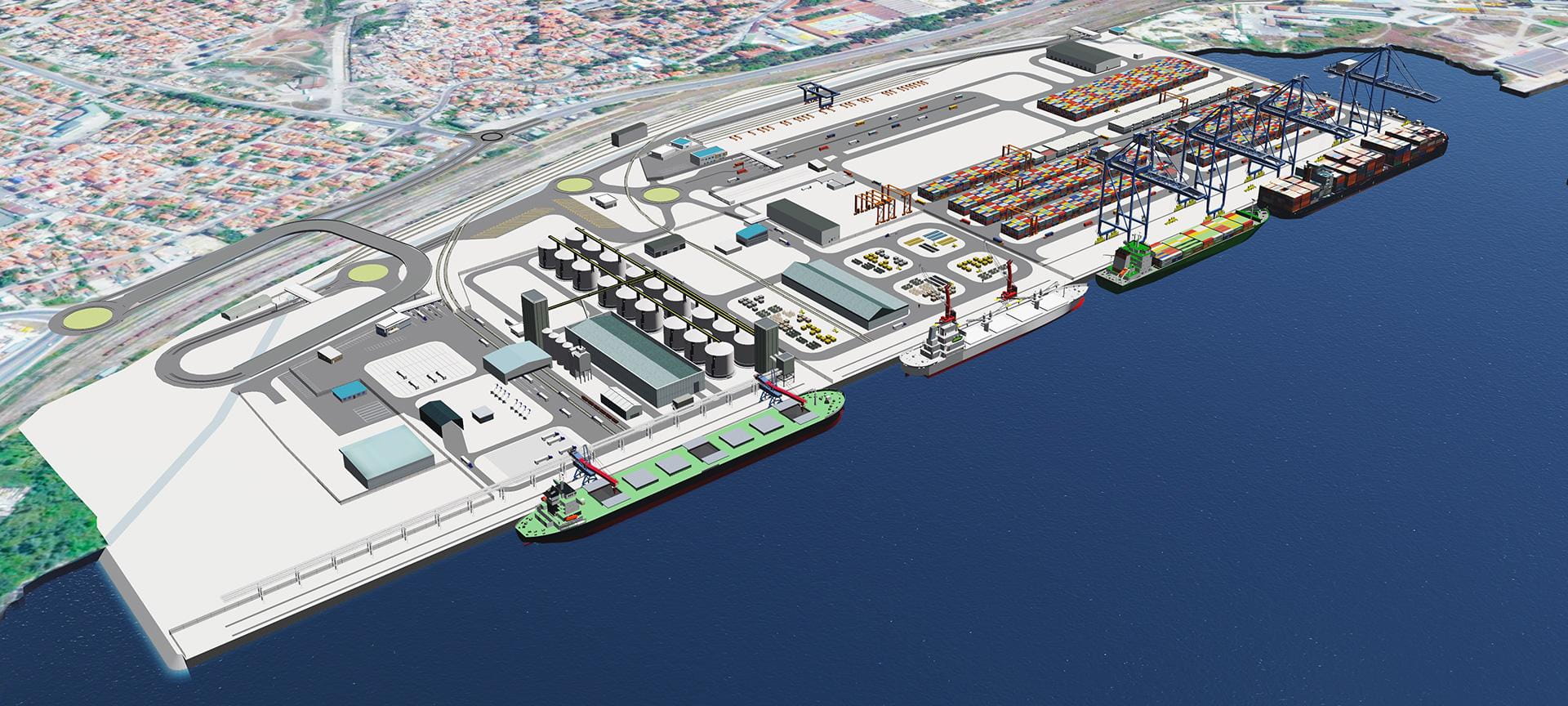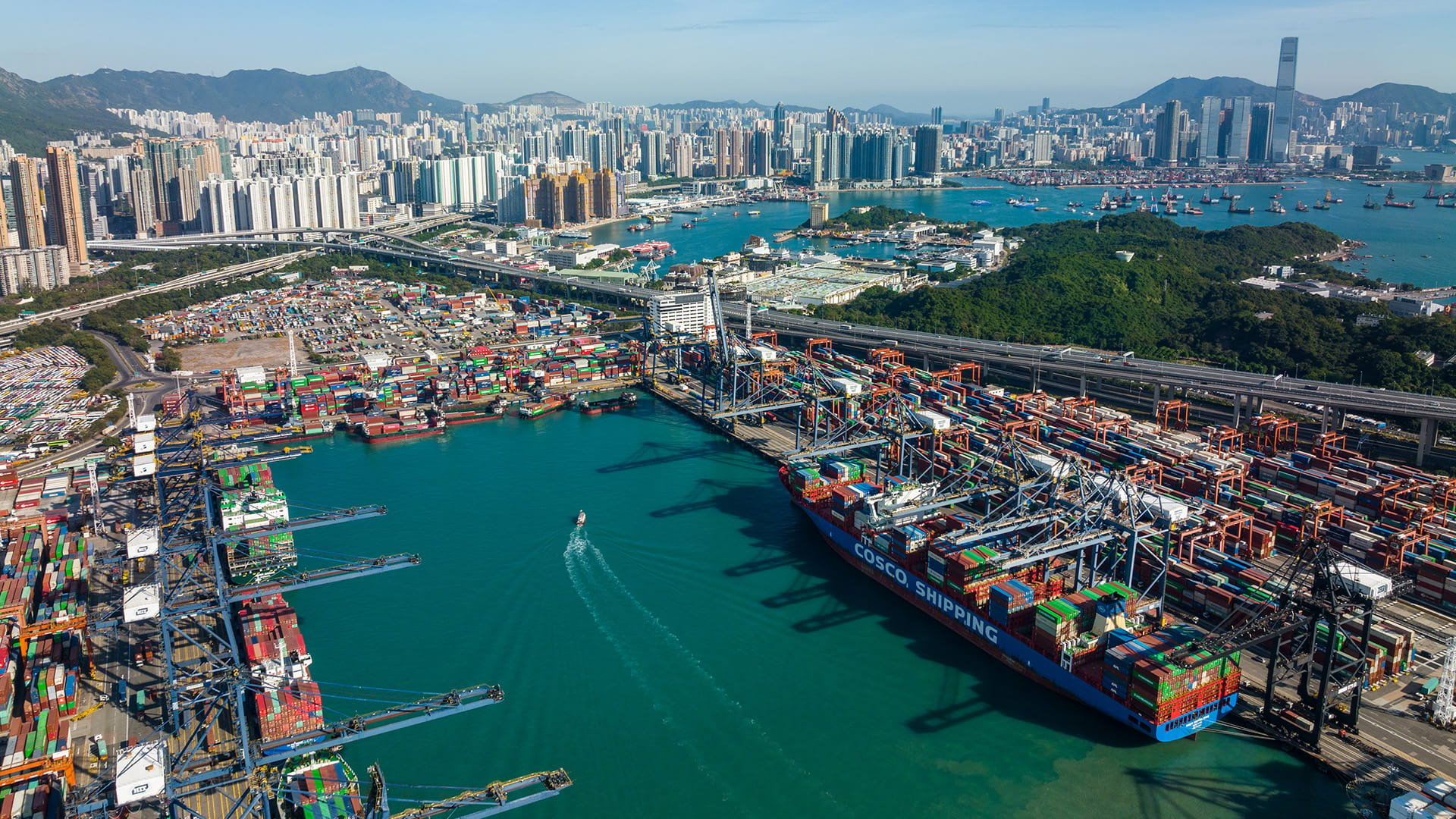PIANC COPEDEC: Highlights from two maritime experts

Making the right maritime investments today will create stronger, more sustainable facilities tomorrow. But it’s not just about making sure new investments are the best they can be. Optimising existing infrastructure is key to keeping facilities safe and keeping costs down.
The key to keeping your maritime structures safe and operational is to make sure they’re properly inspected and maintained. And to begin putting in measures to reduce downtime and extend safe operations, you need to understand your current limits to safe operations.
These two topics were discussed by two top experts from Royal HaskoningDHV at this year’s PIANC COPEDEC, but in case you missed it here are the highlights.
Make the most of your maritime assets and infrastructure
Ali Minhas, Technical Director at Royal HaskoningDHV, Vietnam, is an expert on the assessment marine structures’ condition and load carrying capacity.
Port structure is built to last decades, and proper inspection and maintenance is key to ensuring it can have the longest lifespan possible. Assessing the condition of existing structure is by nature is more complicated task then designing a new one. In addition, there is very little codified guidance around the world for this kind of assessment which presents a challenge for the maritime structural experts and asset owners.
For the inspection and data gathering WSCAM by Ports Australia and ASCE Manual 130 are the best available guides and should be encouraged to use within the maritime industry.
For the quantitative assessment there is no maritime specific guide or design standard and to fill the gaps, we can use existing guidance for other sectors – and tweak them slightly to fit specific maritime structures.
For example, the set of Design Manual for Roads and Bridges (DMRB) are freely available from the Highway England website and are regularly updated to meet changes in legislation and industry practices. These guidelines provide the principles and detailed procedures involved in the assessment of existing structures covering the subjects of structural resistance, loading, analysis, load tests, control measures and structural strengthening. Similarly, recently published CEN/TS 17440 is a very positive development in this area and its principles and structural assessment philosophy is equally applicable for the maritime structures.
Get expert support to simplify the complexity
The assessment of existing port infrastructure is a complex task. There is a clear need for more guidance around maritime infrastructure but in the meantime, we can use documents like the DMRB’s and CEN/TS17440 – modified and combined with other structural management techniques and engineering principles – for the assessment of maritime structures.
Inadequate maintenance is often results in a poor performance or failure of port structures, so it’s vital to get it right. At Royal HaskoningDHV, we have a global network of 650 maritime staff ready to help you make the most of your assets and infrastructure.
Smart tools like dynamic mooring analysis can maximise port uptime
Unlike Static Mooring Analysis (SMA), Dynamic Mooring Analysis (DMA) takes into account the variability of wind and waves at any given time – like from wind gusting.
With DMA you can really understand the limits of operations – and at what point operations become unsafe. This can help you know exactly when to take measures and potentially prevent a major incident.
At PIANC COPEDEC 2023, Justin Cross, Maritime Director at Royal HaskoningDHV, Vietnam discussed how ports and terminals can reduce operational downtime using DMA. And he gave two clear examples of DMA in action.
Determining limiting wind speeds for safe mooring of large cruise ships
Two large cruise ships’ behaviour in wind was modelled. The DMA was carried out using time-varying wind speeds to mimic gusting around the average hourly wind speed to determine mooring line forces.
The results of this DMA showed the limiting wind speeds for varying wind directions, and the point at which maximum mooring line forces can quickly become critical.
For the cases presented, the time-varying wind creates a dynamic response resulting in high tension in the lines and the DMA showed that when hourly mean wind speed is around 12–15 m/s there’s a risk mooring lines may snap.
Understanding these limiting wind speeds will help ensure safe mooring of large cruise ships at this quay. And can highlight areas to improve mooring further.
Establishing limiting wind-wave conditions for tankers moored at a jetty
By combining limiting wind and wave conditions and the probability that they will occur, you can determine the likely downtime of a berth – the amount of time that safe operations cannot take place.
A DMA showed that the wind and waves induced a dynamic response from a 5,000 DWT tanker moored at a jetty exposed to waves.
Using a DMA early at this kind of jetty can provide insight into the limiting wind-wave conditions and potential operational downtime. And this can then be incorporated in the design phase of a terminal.
Make your facility smarter and face the future with confidence
The move towards automation and smart tools in the maritime industry will only enhance the capabilities of port authorities and terminal operators.
Using tools like Smart Mooring means you can see if there may be a potential issue before it arises – giving you the tools you need take early action and helping you prepare for downtime. And our maritime experts are ready to help you embrace the latest digital tools and techniques.
Guides like the DMRB and CEN/TS 17440 give us a good foundation for quantitative structural assessment of existing maritime structure. Using the principles given in these documents and engineering expertise lifespans of maritime infrastructure can be safely maximised.
Embracing digital tools like Smart Mooring and automation can help keep operations safer – and they can help reduce downtime too.




